A Love for Humanity
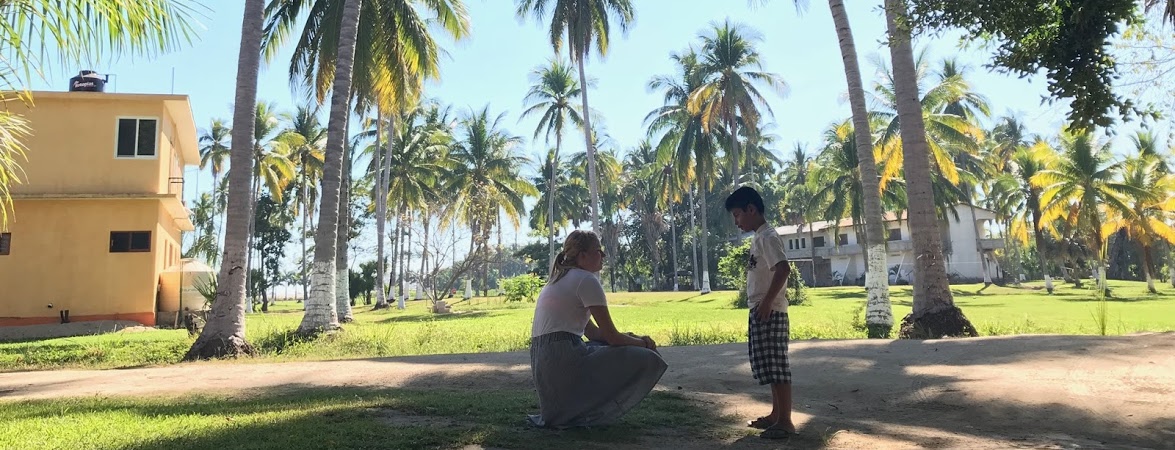
The trip was a response to a call to action from the daughter of Dr. Martin Luther King, Jr., who asked Americans to honor her father by doing something kind this year to people from another race or culture.
Story by Fay Mitchell-Brown
This year marks the 50th anniversary of the assassination of Martin Luther King, Jr. A social activist, he sought equality and human rights through peaceful protest—not only for African Americans but for all humankind, the economically disadvantaged, and all victims of injustice. His daughter, Bernice King, has asked Americans to do something kind this year to people from another race or culture to honor the late Dr. King. According to her, this will change the world.
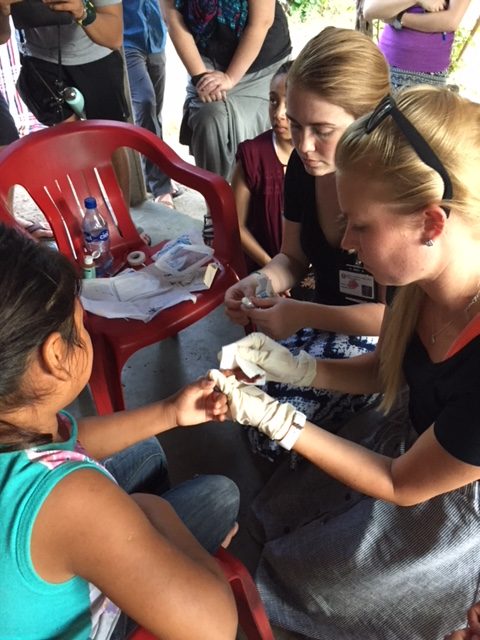
That was my goal this January when I took a group of 10 nursing students to Oaxaca, Mexico. My philosophy as a nurse is to build bridges around the world to help disadvantaged nations through global projects. The nursing profession portrays a love for humanity, and nurses work to eradicate racism, poverty, and war, and assist the economically disadvantaged and all victims of injustice through service.
One reason I was drawn to the nursing profession is its global nature. Nurses play an important role in improving and strengthening the health of a country. My desire to offer students a service learning project abroad came sooner that I had planned because of students’ desire to have this experience.
I felt privileged to lead students Jonathan Gurrola, Jayleen Malley, Alanna Putnam, Fiona O’Higgins, Daniel Nourot, Autumn Hedrick, Denzelle Casil, Sarah Wehan, Seth Jordan, and Arby Lapira to deliver health services in an underserved community.
The students and I provided health service in a medical clinic and three villages. We made one home visit where Sarah and Fiona assisted a 5-year-girl named Maria with a dressing change, after she had accidentally amputated the tip of her finger with a machete.
Sarah recalled, “I could not imagine how strange it must have been for her to have 11 strangers walk up to her door and perform this procedure with her. Jon was amazing at helping me translate and made sure that Maria felt safe, and Fiona helped me with the supplies and made sure I had all that I needed. When I was 5 years old, I had lost part of my finger after getting it stuck in a hotel door. Luckily with the quick and readily available healthcare in the United States they were able to salvage my thumb.”
It was very fulfilling for me to see the expression on students’ faces as they sharpened their clinical skills, showed compassion, and discovered a new culture.
“It really opened my eyes about how different countries and cultures see the health care system,” Denzelle told me.
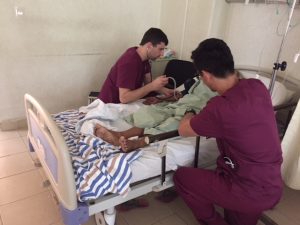
Oaxaca is one of the poorest states in Mexico and has a large number of indigenous people living in rural areas with limited access to the most rudimentary health care services. Aside from the barrier of not speaking Spanish (for most of us), we had to overcome another barrier—the language of the indigenous people, Mixteca. When interviewing the patients, we employed a three-way translation system to provide care and learn about the Mexican health care system. Alanna commented that, “Nursing is universal. Regardless of the multiple barriers we faced; our mission was simple. Humans taking care of humans.”
During the course of this project, students participated in setting up a mobile clinic and pharmacy, gained hands-on experience while working with a health care provider (myself, another nurse, a physician and a physical therapist), and delivered health education in the town’s community center. Before we left for Oaxaca, we were fortunate to obtain invaluable surplus medical supplies from Project Save, an organization in Chico. I also organized a field trip to the local hospital so we could see firsthand how health care is delivered in acute care settings in rural Mexico. We also saw illnesses typical to the area, such as Chagas disease. Our group met and interacted with eight children living in an orphanage that is affiliated with the clinic.
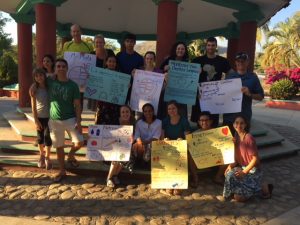
Part of delivering care in the villages is spending two nights there. This opportunity gave students an authentic experience and a deep appreciation of what it feels to live in poverty with very limited resources. Jayleen said, “Being part of this program and going to the village has really opened my eyes to how lucky I am to have the things I have, like running water and sanitation.”
People in Oaxaca welcomed us with open arms and were thrilled to have us provide them with such essential health care service. Seth recollected: “We met Jesús and his family, who were our hosts, in the village of Jamiltepec. They were incredibly generous and had some tents set up for us and gave up their own house so the ladies could sleep inside. The conditions weren’t what we are accustomed to but it was everything for them. Giving up the best you have for others is not something that many would do, and it was heartwarming to see people with very little willing to give it up what to strangers in order to help out their community.”
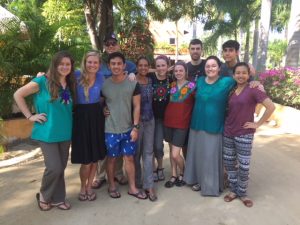
Jon Gurola was my student leader, and he helped me coordinate as we planned for our trip. He set up a blog for us and served as a liaison between me and the other students. Sarah made a video of our trip to Oaxaca, which can be seen on YouTube. The other students generously offered their time and resources. As a nurse, it brought me much satisfaction to see my students outside of the academic setting and in the global arena, giving selflessly to the community, being creative and resourceful and working as a cohesive team, with communication and collaboration to get the job done.
“You never really know when exactly you’ve grown up until it happens and you look back and notice that you’re a different person than you were before. From the start of this trip, I already know that when I leave here one version of me will be staying and a different version of myself will be going home,” Denzelle wrote early into the trip.
MLK set the tone for Americans to help people in need. His legacy was alive in our project to Oaxaca this year.
Assistant professor Fay Mitchell-Brown is a registered nurse and certified critical care nurse who has practiced nursing in the United States, Jamaica, and the Middle East. She has been a faculty member in the School of Nursing since 2007.


